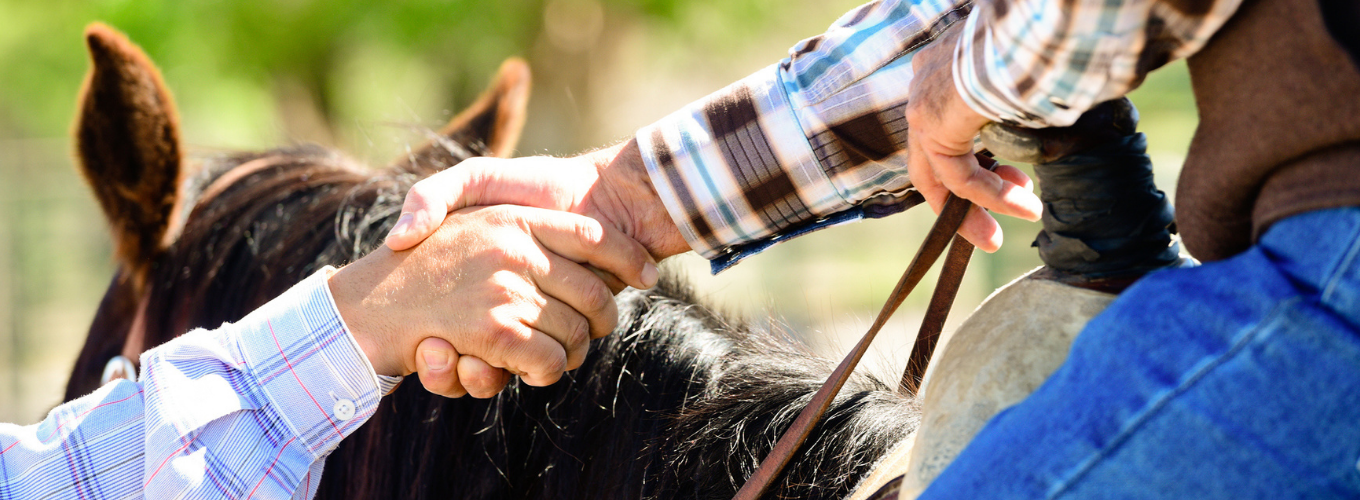Top 25 Reasons to Be a Cowboy | #2: The Cowboy Code
“A man has to have a code, a creed to live by.” —John Wayne
Lewis and Clark didn’t return from their Westward expedition with a document outlining how one should live on the east side of the Mississippi River. Sitting Bull didn’t whisper an ancient secret to Buffalo Bill Cody. Before heading north with a herd of Longhorns, Charles Goodnight never drew up a document for his trail hands to sign. Intentional or not, though, these men were guided by principle forged from centuries-old traditions and a will to survive. They—and thousands like them—lived with what John Wayne called a code.
While it was never written down, it was passed through the generations. The way they lived their lives is what we refer to today as the Cowboy Code.
Today’s culture, though, is increasingly abandoning the ideas of philosophical, moral, and legal absolutism in favor of relativism. With relativism as a guide, there is no fault, no accountability, and no consequences.
It’s my contention that the early Westerners—both in myth and reality—stood opposed to that. Influenced by their ancestors, honor and justice were commodities not to be compromised. Not only in the name of survival—and order—in a vast, unsettled, and harsh land, Westerners rejected an “anything goes” attitude for an ever-unwritten, but never-questioned Code.
J. Frank Dobie, perhaps the best curator of true stories and legends of the Old West, wrote a chapter on how cowboys lived by a code in his book, Cow People. He writes, “In regions of sparsely populated spaces controlled by cow people, application of law could be markedly personal.”
In other words, men were their own law because that’s the only law there was. When someone acted according to their code, it was obvious. In his tales of killings over thievery or breaking camp rules, the common thread is when a man took it upon himself to enforce the unwritten Cowboy Code, witnesses didn’t question it. They could see a breach of the code and supported the resulting consequences.
As the West was settled up, the rules gained structure.
The XIT ranch ran on just over 3 million acres in the Texas Panhandle. In J. Evetts Haley’s book, The XIT Ranch of Texas, he includes as an appendix the “General Rules of the XIT Ranch,” which were established and distributed in January of 1888.
The rules included insistence on hospitality to neighbors, prohibited the abuse of company livestock, wild game, gambling, intoxicating liquors, weapons, and the harboring of criminals and “deadbeats.”
“It is the aim of the owners of this ranch to conduct it on the principle of right and justice to everyone; and for it to be excelled by no other in the good behavior, sterling honesty and integrity, and general high character of its employees…”
It’s these kinds of men, their action—and documents—who should inspire the modern day cowboy. Now, I know that not all cowboys always live up to the standards we ought to. In fact, not one of us truly ever has or ever will. That’s why the code must be based on something eternal. When we stumble, we need something greater than ourselves to pull us back up.
And while there’s no single document that is the “Cowboy Code,” for those of us who earnestly seek it, we know it when we see it.
photo by istock / Boogich


